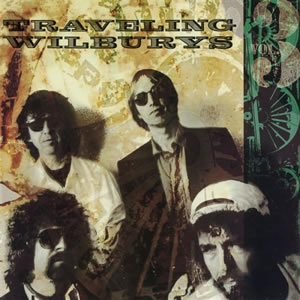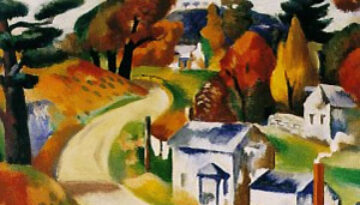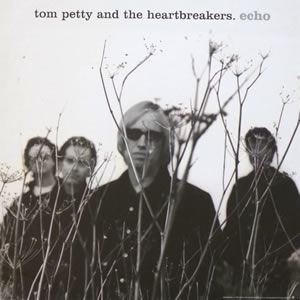Traveling Wilburys Vol. 3
by Traveling Wilburys
Buy Traveling Wilburys Vol. 3 As heralded and popular as the Traveling Wilburys 1988 debut album was, the 1990 follow up Traveling Wilburys Vol. 3 was relatively ignored. In part, this was the […]






